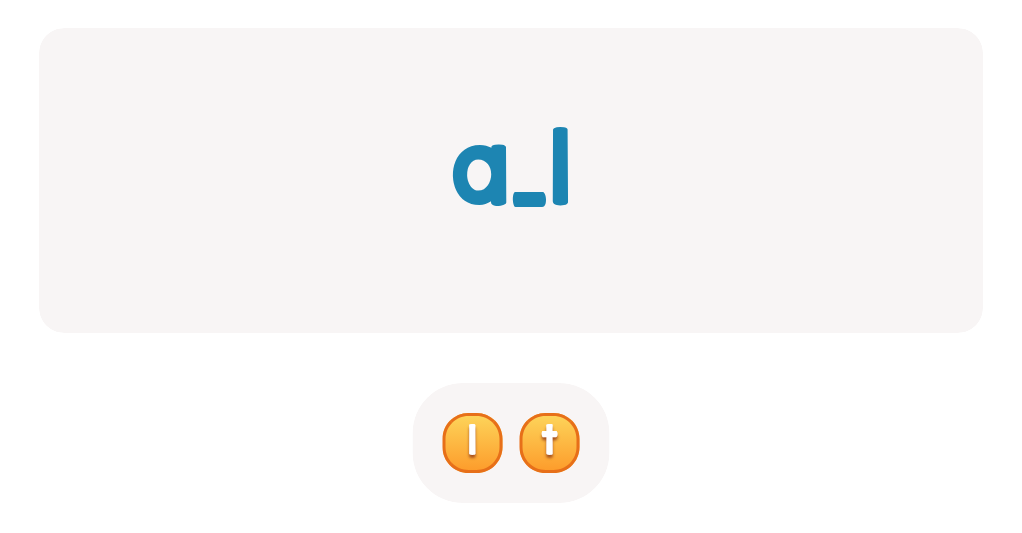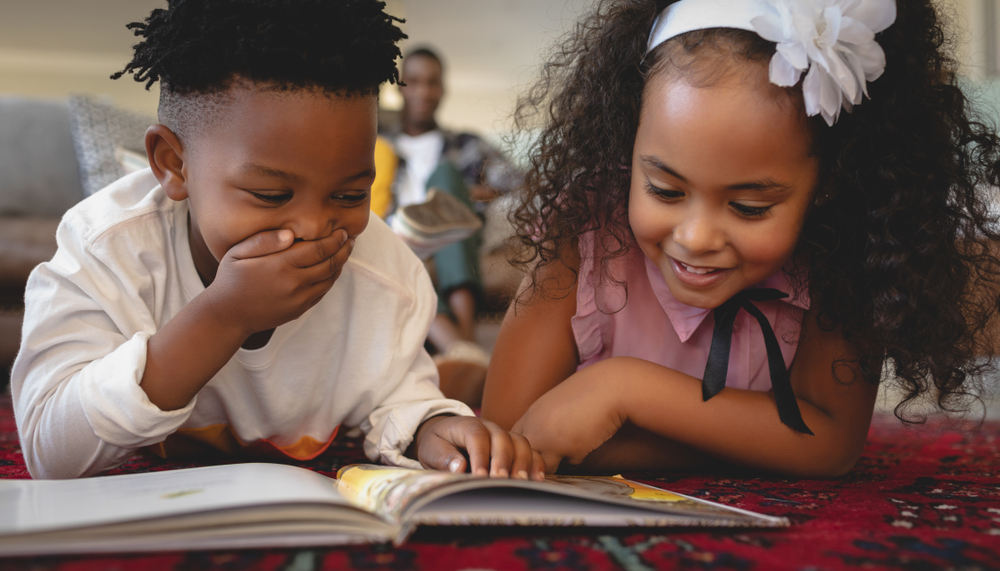Shape identification Building Vocabulary Worksheets for 6-Year-Olds
3 filtered results
-
From - To
Enhance your 6-year-old's vocabulary with our engaging Shape Identification Building Vocabulary Worksheets! Designed to captivate young learners, these worksheets focus on recognizing and naming various shapes while promoting language skills. Through fun activities, children will explore shape attributes, identify real-life objects, and use new vocabulary in context. Perfect for home or classroom use, these resources encourage hands-on learning and time for creativity, making learning feel like play. Foster a love for shapes and words as your child builds essential foundational skills for future success. Start their journey towards shape mastery and expressive vocabulary today with our thoughtfully crafted worksheets!


Which Is It? Worksheet
Shape identification and vocabulary building are crucial components in the development of 6-year-olds, serving as foundational skills that influence their understanding of the world. At this age, children are naturally curious, exploring their environment and making connections with the shapes they see around them. By teaching them to identify and articulate shapes—such as circles, squares, triangles, and more—parents and teachers help enhance their cognitive skills, critical thinking, and spatial awareness.
Moreover, building vocabulary related to shapes promotes effective communication, allowing children to describe and differentiate objects more clearly. This skill supports their math knowledge, as shapes are a primary concept in early mathematics. Recognizing various shapes facilitates understanding patterns, symmetry, and geometrical concepts that will be vital later in their education.
Encouraging shape identification also fosters creativity, enabling children to recognize shapes in art and nature. The act of naming shapes enriches their language skills, broadening their overall vocabulary and literacy. By focusing on these areas, parents and teachers play a vital role in preparing children for academic success, enhancing their ability to express ideas, describe observations, and engage in mathematical reasoning in their daily lives.

 Assign to My Students
Assign to My Students
































